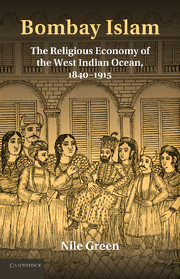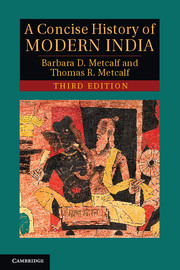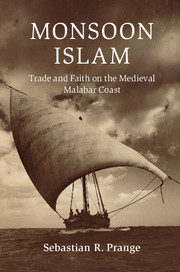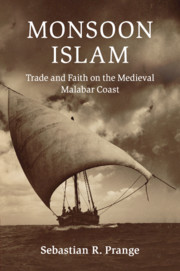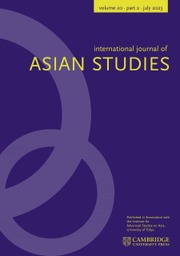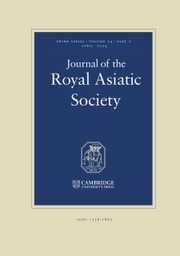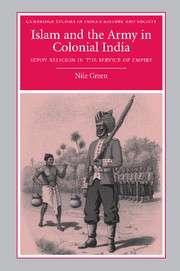Bombay Islam
As a thriving port city, nineteenth-century Bombay attracted migrants from across India and beyond. Nile Green's Bombay Islam traces the ties between industrialization, imperialism, and the production of religion to show how Muslim migration from the oceanic and continental hinterlands of Bombay in this period fueled demand for a wide range of religious suppliers, as Christian missionaries competed with Muslim religious entrepreneurs for a stake in the new market. Enabled by a colonial policy of non-intervention in religious affairs, and powered by steam travel and vernacular printing, Bombay's Islamic productions were exported as far as South Africa and Iran. Connecting histories of religion, labour, and globalization, the book examines the role of ordinary people – mill hands and merchants – in shaping the demand that drove the market. By drawing on hagiographies, travelogues, doctrinal works, and poems in Persian, Urdu, and Arabic, Bombay Islam unravels a vernacular modernity that saw people from across the Indian Ocean drawn into Bombay's industrial economy of enchantment.
- The first study about industrialization, imperialism and the production of religion from Bombay to distant parts of the world
- Includes a discussion and analysis of the histories of Iran, South Africa and the Indian Ocean
- Nile Green develops a bold theoretical model of 'religious economy' to explain the increase of religion in the modern world
Reviews & endorsements
"… tour de force … a valuable contribution to the fields of South Asian, Islamic, and Indian Ocean history. Green's historiographical interventions; his ability to paint a detailed picture with broad, yet precise strokes; his methodological finesse; and his broad temporal and spatial scope combine to ensure that Bombay Islam will be read for many years to come, and by historians far and wide."
H-Net
"From the first page onwards, Green not only provides a piece of profound historic research but takes the reader on a trip from the dockyards and cotton mills to the saints' shrines and bookshops of Bombay to Hyderabad, Gujarat, Iran or South Africa. Thereby he enriches his narrative language with anecdotes, stories of myths and miracles from nineteenth-century accounts … this book is milestone in analyzing religious networks and their activities in South Asian history!"
Fabian Falter, Sehepunkte (www.sehepunkte.de)
Product details
November 2013Paperback
9781107627796
344 pages
229 × 152 × 20 mm
0.5kg
19 b/w illus. 2 maps
Available
Table of Contents
- 1. Missionaries and reformists in the market of Islams
- 2. Cosmopolitan cults and the economy of miracles
- 3. The enchantment of industrial communications
- 4. Exports for an Iranian marketplace
- 5. The making of a Neo-Ismā'īlism
- 6. A theology for the mills and dockyards
- 7. Bombay Islam in the ocean's southern city.

